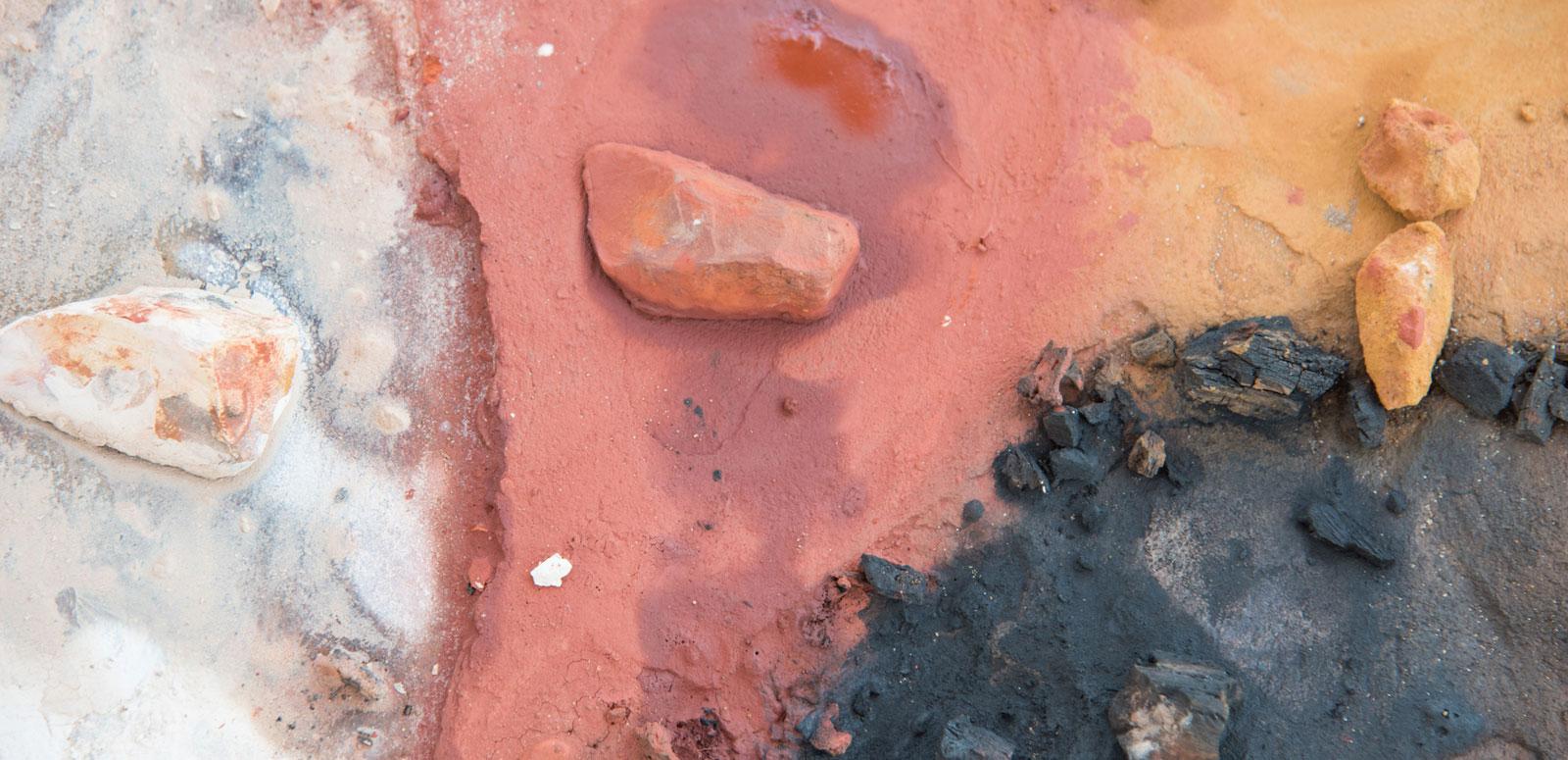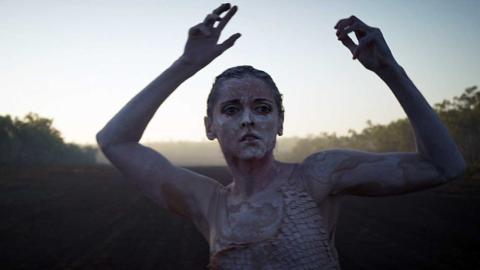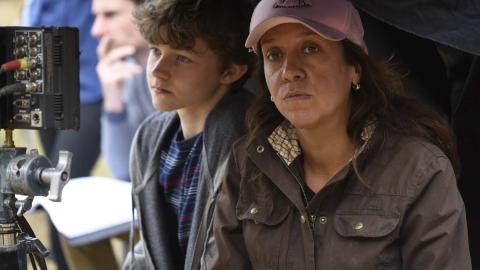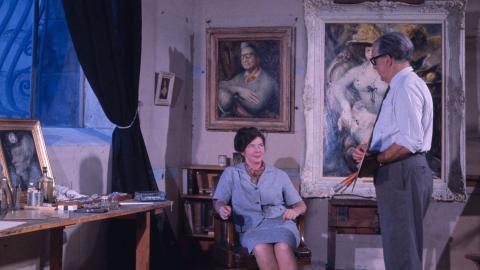

First Nations Artists and Art
First Nations Artists and Art
This collection illustrates the many and varied ways that First Nations Australians express themselves through art.
The collection also shows how Aboriginal and Torres Straight Islander peoples have worked together to form artist collectives and cooperatives to the benefit of their communities.
It features a range of characters and art styles from traditional bark and dot painting by Aboriginal elders, to a teenager with a passion for drawing dogs.
We also see the importance of the Dreamtime, spirituality and the strict rules that govern who can tell certain stories in Aboriginal cultures.
WARNING: this collection may contain names, images or voices of deceased Aboriginal and Torres Strait Islander people.
Stream the Buwindja collection on NFSA Player – 17 compelling stories of Aboriginal and Torres Strait Islander trailblazers, icons and dreamers.
THE Buwindja Collection on NFSA Player
Main image credit: EA Given
The National Film and Sound Archive of Australia acknowledges Australia’s Aboriginal and Torres Strait Islander peoples as the Traditional Custodians of the land on which we work and live and gives respect to their Elders both past and present.


